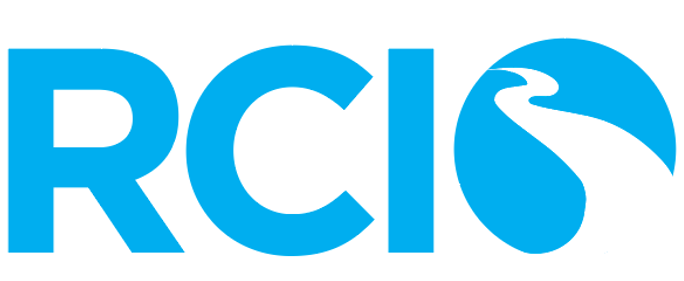Publisher
University of Tennessee at Chattanooga
Place of Publication
Chattanooga (Tenn.)
Abstract
Early childhood educators are expected to teach social emotional learning (SEL) in their classrooms, while educators themselves are in need of SEL as much as their students due to stress and burnout in this occupation being at an all-time high. We ran a small pilot study of a mindfulness, audio-based SEL tool (Moshi) to see whether brief daily use leads to easier implementation of SEL in the classroom and, in turn, relates to better educator well-being. In this qualitative study, we analyzed 12 transcripts from interviews and focus groups with 16 educators from 12 elementary schools after at least six weeks of classroom use of the tool. Two independent researchers coded de-identified transcripts and reconciled themes through a structured review. Themes that emerged were: (1) high need for SEL post-pandemic; (2) improvements in student emotion regulation, engagement/focus, and creativity; (3) educator mental health is low and needs support, with educators benefiting personally from participation; (4) learning about SEL and integrating it into daily routines; (5) family/community spillover; and (6) the need for developmentally appropriate, flexible tools. Educators described better self-regulation, feeling more connected to their classrooms and colleagues after the pandemic, and teaching SEL skills students need now and going forward. Many also became more aware of their own mental-health needs and noticed calmer, more regulated rooms. In short, technology-based SEL moments can ease educators’ mental and emotional load; when educators feel calmer and less worn down, classrooms tend to run more smoothly. This was a small, ecological qualitative study, and the findings are preliminary. However, these results, in combination with the high rates of stress and burnout for educators, show a need to continue to research how the curriculum taught by educators can indirectly affect their own well-being and, therefore, can be designed with both the student and educator in mind.
Subject
Industrial and organizational psychology
Document Type
posters
Language
English
Rights
http://rightsstatements.org/vocab/InC/1.0/
License
http://creativecommons.org/licenses/by/4.0/
Included in
Curriculum and Instruction Commons, Early Childhood Education Commons, Educational Technology Commons, Elementary Education and Teaching Commons, Industrial and Organizational Psychology Commons
A Qualitative Analysis of Educator Well-being Through Teaching SEL: A Classroom Pilot
Early childhood educators are expected to teach social emotional learning (SEL) in their classrooms, while educators themselves are in need of SEL as much as their students due to stress and burnout in this occupation being at an all-time high. We ran a small pilot study of a mindfulness, audio-based SEL tool (Moshi) to see whether brief daily use leads to easier implementation of SEL in the classroom and, in turn, relates to better educator well-being. In this qualitative study, we analyzed 12 transcripts from interviews and focus groups with 16 educators from 12 elementary schools after at least six weeks of classroom use of the tool. Two independent researchers coded de-identified transcripts and reconciled themes through a structured review. Themes that emerged were: (1) high need for SEL post-pandemic; (2) improvements in student emotion regulation, engagement/focus, and creativity; (3) educator mental health is low and needs support, with educators benefiting personally from participation; (4) learning about SEL and integrating it into daily routines; (5) family/community spillover; and (6) the need for developmentally appropriate, flexible tools. Educators described better self-regulation, feeling more connected to their classrooms and colleagues after the pandemic, and teaching SEL skills students need now and going forward. Many also became more aware of their own mental-health needs and noticed calmer, more regulated rooms. In short, technology-based SEL moments can ease educators’ mental and emotional load; when educators feel calmer and less worn down, classrooms tend to run more smoothly. This was a small, ecological qualitative study, and the findings are preliminary. However, these results, in combination with the high rates of stress and burnout for educators, show a need to continue to research how the curriculum taught by educators can indirectly affect their own well-being and, therefore, can be designed with both the student and educator in mind.

Department
University of Tennessee at Chattanooga. Dept. of Psychology